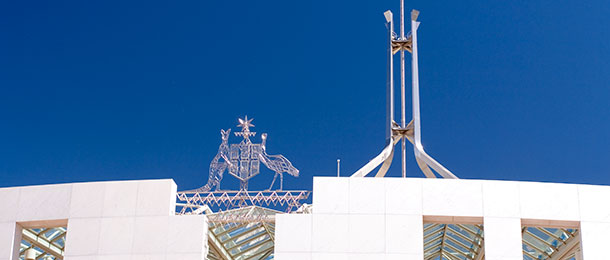The government has announced significant changes to the proposed Division 296 tax, stating it will now only apply to realised earnings and the $3 million threshold at which it applies will be indexed, while a new larger threshold with a higher rate of tax will be introduced.
The revised Better Targeted Superannuation Concessions (BTSC) policy was announced today by Treasurer Jim Chalmers, who stated that as part of the changes the government will adjust the earnings calculation so the concessional tax rates on large balances will only apply to future realised earnings.
The proposed impost will still be applied to superannuation balances above $3 million, where the 30 per cent tax rate will be applied to earnings above that threshold, but an additional $10 million threshold will be introduced at which the tax rate on earnings will be 40 per cent.
“Treasury will consult on implementation details including the best approach to the calculation of future realised gains and attribution to individual fund members,” Chalmers said, adding the revised Division 296 tax will now take effect from 1 July 2026, with the first assessments issued in the 2028 financial year.
“[We will also] apply commensurate treatment to defined benefit interests to ensure equivalent impacts, with Treasury to consult on implementation details.
“Both the $3 million and $10 million super balance thresholds will be indexed to maintain relativity with the transfer balance cap that was introduced by the coalition.”
Indexation for the $3 million threshold will be linked to the Consumer Price Index and rise in $150,000 increments, while the $10 million threshold will be indexed in $500,000 increments.
A fact sheet issued by Treasury stated the government will engage in new rounds of consultations on the best approach to calculate realised earnings and apply it to super fund members who are above the two thresholds, but has put forward a revised calculation methodology.
The revised method requires the ATO to notify a super fund of which members have more than $3 million and the fund will then calculate what realised earnings are attributable to the member and report that back to the regulator, which will then calculate the proportion of the member’s total super balance that exceeds either $3 million or $10 million.
“As announced in the original measure, individuals will still be notified of their liability to pay BTSC tax by the ATO, based on reporting the ATO receives from funds, and will still have the choice of paying the tax directly or from their superannuation funds,” the fact sheet stated.
Chalmers added: “These are sensible changes which take two years of feedback into account while still maintaining the main objectives of our policy.
“The original model was the best option identified at the time, but we have taken the decision to adjust the model to recognise the views we have heard since then.”




